Hoa Binh Lake , with a water surface area of about 8,900 hectares, stretches across many highland communes in the difficult areas of the former Hoa Binh province (now Phu Tho province). This is one of the largest hydroelectric reservoirs in the North, and at the same time has great potential and advantages for tourism development and aquaculture.
Over the years, it has been oriented to develop into a national tourist area with types such as eco-tourism, resort, community, water sports and ethnic cultural experiences. With that advantage, the local government is focusing resources to turn the potential of Hoa Binh Lake into a driving force for development.
Decision to open the way
At the Congress of Party delegates of communes in the Hoa Binh lake area, the orientation of building a comprehensive economic zone along the lake, combining the development of aquaculture, tourism and services was emphasized.
Cage fish farming models on the lake bed are encouraged to be associated with the brand "Da River fish", creating a value chain combining tourism and culinary experiences. The development is set within a sustainable, environmentally friendly vision, ensuring ecological landscape, water safety and people's livelihoods.
Phu Tho also focuses on promoting local cultural identity, connecting the cultural heritage of the Ancestral Land with river tourism space, building inter-regional tours between Phu Tho-Hoa Binh-Son La. Traffic infrastructure, wharves, lakeside urban areas and tourism services will be invested synchronously, applying digital transformation in tourism promotion and management.
In addition to its great potential, Phu Tho province has identified the need to strictly control aquaculture activities, protect the water environment and improve service quality, ensuring harmony between economic development, cultural preservation and nature protection. With this direction, Hoa Binh Lake is expected to become an eco-tourism and lakeside economic center of the extended Northwest region.
In addition, the orientation of the communes in the Hoa Binh reservoir area also clearly identifies tourism combined with aquaculture growth, with the goal of reaching 10,000 fish cages by 2030, with an output of 16,000 tons/year, worth 500 billion VND, prioritizing specialty fish such as black carp, catfish, and fried fish.
Cage fish farming models combined with experiential tourism are being encouraged, with requirements to protect the lake environment, arrange properly and apply high technology to develop sustainably and create livelihoods for local people.
At the Da Bac Commune Congress (Phu Tho), the local government proposed key tasks, solutions and breakthroughs in the coming term. Accordingly, focusing on the general planning of Da Bac urban area until 2045, synchronously building digital government, developing digital economy, digital society associated with green economy; developing ecological agriculture combined with community tourism, typical OCOP products (One Commune One Product Program);
Effectively exploit the potential of the Da River lake area and traditional cultural values; prioritize investment in essential infrastructure, ensure social security; focus on training high-quality human resources, and build a team of cadres to meet development requirements.
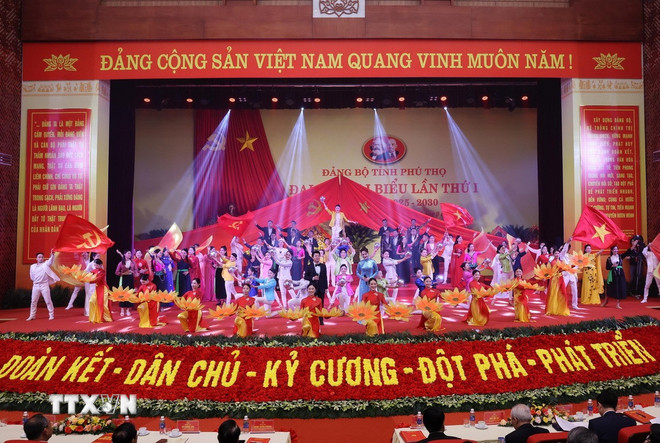
At the Tien Phong Commune Congress (Phu Tho), the commune's tourism industry focused on developing the advantages of Hoa Binh Lake and local traditional culture. The commune has formed service products for tourists such as: Homestay, souvenir products, local cuisine.
In 5 years, there were more than 150,000 tourists coming to the commune, with estimated revenue of more than 20 billion VND, contributing to creating jobs and improving the lives of local people.
Director of the Department of Agriculture and Environment of Phu Tho province, Nguyen Huy Nhuan, said that currently, in addition to thousands of households raising fish in cages, there are also about 20 enterprises and cooperatives participating in raising fish in cages in the Hoa Binh reservoir area; of which, 18 facilities have been certified by VietGAP, ensuring food safety.
To enhance the brand, since 2017, the former Hoa Binh province (now Phu Tho province) has built the certification trademarks "Da River Fish - Hoa Binh" and "Da River Shrimp - Hoa Binh", granting usage rights to many households, cooperatives and businesses. This is an important step to affirm the position of Da River fish products in the market.
In addition, Phu Tho province aims to combine cage fish farming on Hoa Binh Lake with developing eco-tourism and community experiences. This model helps tourists visit, experience the process of raising fish, feeding fish, catching fish and enjoying the specialty "Da River fish" right in the lake. Farming households are linked together into cooperatives, both producing high-quality goods and creating unique tourism products.
The combination not only increases people's income, but also promotes Phu Tho seafood brand, contributing to the development of green economy and sustainable tourism in the lake area.
Development motivation
In recent times, the local Party Committee and government of Phu Tho province have focused on researching and issuing policies linking fisheries and tourism. Hoa Binh Lake is known as "Ha Long Bay on land," with 47 large and small islands, scenic spots such as Bo Waterfall, Ret Cave, Hoa Tien Cave... and the diverse culture of the Muong, Thai, and Dao ethnic groups. Ecotourism, resort, and water sports tours are increasingly attracting tourists, and Da River fish has become a typical product that is introduced and promoted.
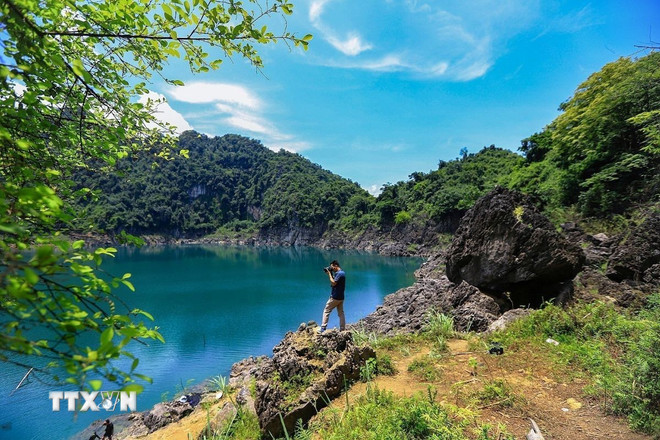
Chairman of the People's Committee of Tien Phong Commune (Phu Tho) Ban Kim Quy emphasized that the locality has advantages in the reservoir area, so the local Party Committee and government have focused on investing in developing cage fish farming.
According to statistics, the whole commune currently has a total of 1,544 fish cages; of which households own 1,301 cages and businesses 243 cages. Investing in developing cage fish farming has brought many changes to people's lives.
The locality has oriented development, encouraging households to invest in modern cages, while organizing cultural events, introducing OCOP products, kayaking, and lakeside tours to attract tourists. Da River fish is not only a source of clean food, but also a valuable tourism product.
Mr. Doan Viet Thanh, Sang Bo hamlet, Tien Phong commune said that his family had access to loans from the State's development support policy programs and had invested in building 4 fish cages.
By combining different types of fish such as black carp, black catfish, monosex tilapia... Up to now, each crop, Mr. Thanh's family earns tens of millions of VND/cage. Thanks to that, the family no longer has to drift on the river like decades ago.
Many families in the area have changed their way of thinking and working, from relying only on fishing, they boldly borrowed capital and invested in 5-6 fish cages per household. After the first fishing season, many families applied to escape poverty. According to statistics in Sang Bo hamlet, there are currently 100/162 households engaged in fishing and aquaculture with about 140 fish cages, making cage fish farming the main livelihood of the community.
As one of the typical community accommodation spots in the Hoa Binh lake area, Sanh Thuan homestay is directly managed and operated by Mr. Dinh Van Sanh, a Muong ethnic, and has a strong indigenous cultural identity.
Homestay is built in the traditional stilt house architecture, located between the cool green space of mountains and forests and the lake surface, creating a peaceful feeling, close to nature.
Mr. Sanh said that visitors coming here can not only relax in a rustic, airy space but also participate in many experiential activities such as kayaking, fishing, cycling around the village, enjoying Muong cuisine and participating in ethnic cultural exchanges.
At the same time, each local person is a tour guide, who will enthusiastically introduce the customs and life of the Muong people, helping tourists better understand the local culture.
Thanks to the combination of eco-tourism, community-indigenous culture, Sanh Thuan Homestay has become an attractive destination in the journey to explore Hoa Binh Lake, chosen by many domestic and foreign tourists. This is a typical model of Da Bac in developing community tourism associated with cultural conservation and sustainable livelihoods.
Mr. Nguyen Tien Son (a tourist from Ha Nam province) shared that Hoa Binh Lake is attractive in every season, especially in autumn. When the mist covers the lake, the image of boats gliding gently, leaving silver streaks on the water, paints a poetic, peaceful ink painting that touches the heart.
Hoa Binh Lake is also a diverse ecosystem with many rare freshwater fish species and rich vegetation. Surrounding the lake are villages of Muong, Dao, Thai people... where the ancient stilt houses, gong sounds, Mo melodies and evening kitchen smoke are still preserved through many generations, creating a dense, pristine cultural space.
The attraction of Hoa Binh Lake lies in the experience of living with indigenous culture, community tourism spots are formed from peaceful villages becoming attractive destinations, where visitors can immerse themselves in the lives of local people.
The invaluable potential of Hoa Binh Lake is being gradually "awakened" by a strong push from infrastructure investment and large-scale projects.
The Hoa Lac-Hoa Binh expressway shortens travel time from Hanoi, route 435 connecting the city with Thung Nai-Vinh Ngoi Hoa (Muong Hoa) port has been upgraded, especially the Hoa Binh-Moc Chau expressway project is being expanded, the lakeside roads are being invested in...
It promises to create attraction for tourism development of Hoa Binh Lake in the coming time, turning potential and advantages into driving force for economic breakthrough development for the locality./.
Source: https://www.vietnamplus.vn/phu-tho-cu-hich-ha-tang-danh-thuc-tiem-nang-du-lich-kinh-te-ho-hoa-binh-post1071331.vnp


![[Photo] Chairman of the Hungarian Parliament visits President Ho Chi Minh's Mausoleum](https://vphoto.vietnam.vn/thumb/1200x675/vietnam/resource/IMAGE/2025/10/20/1760941009023_ndo_br_hungary-jpg.webp)
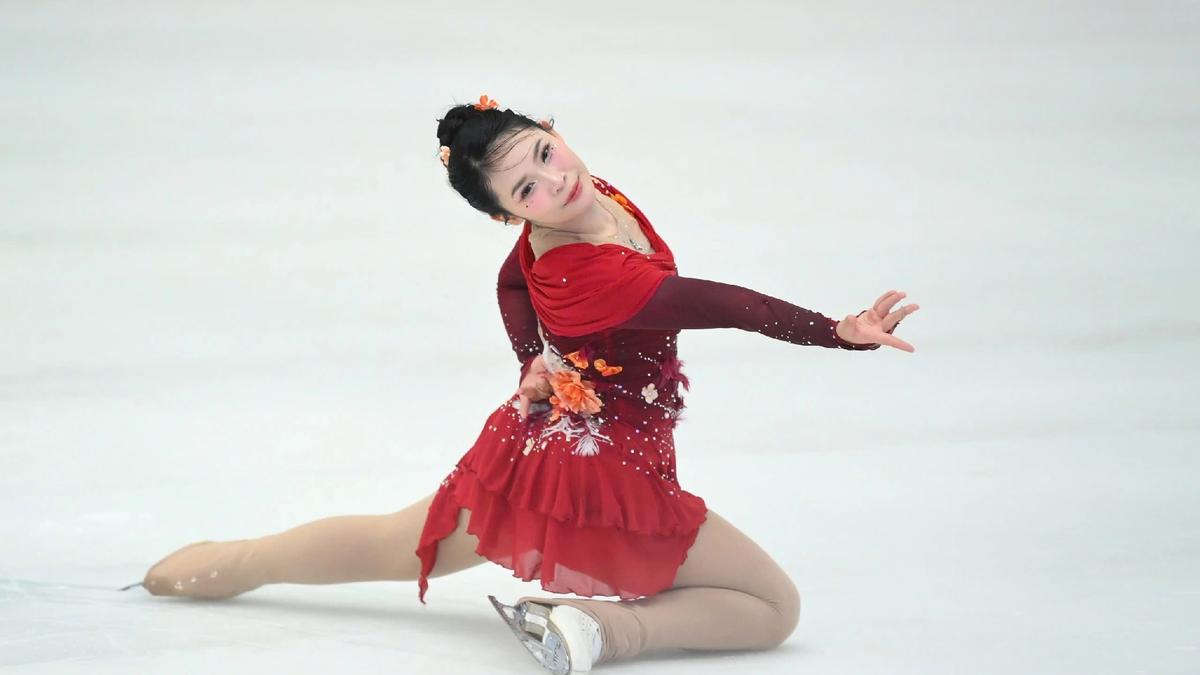

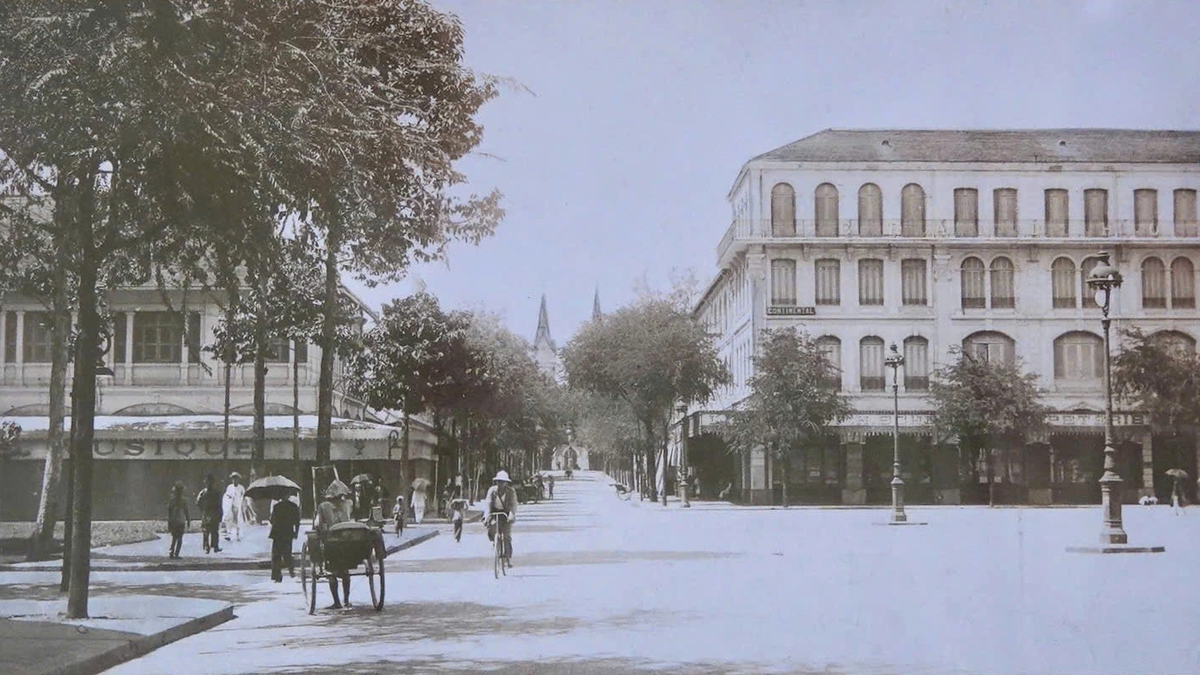
![[Photo] The Steering Committee of the 2025 Fall Fair checks the progress of the organization](https://vphoto.vietnam.vn/thumb/1200x675/vietnam/resource/IMAGE/2025/10/20/1760918203241_nam-5371-jpg.webp)
![[Photo] Solemn opening of the 10th Session, 15th National Assembly](https://vphoto.vietnam.vn/thumb/1200x675/vietnam/resource/IMAGE/2025/10/20/1760937111622_ndo_br_1-202-jpg.webp)
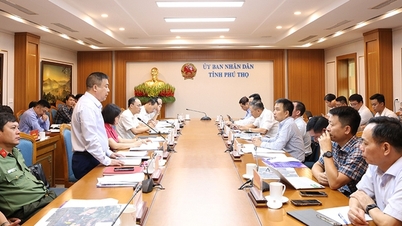

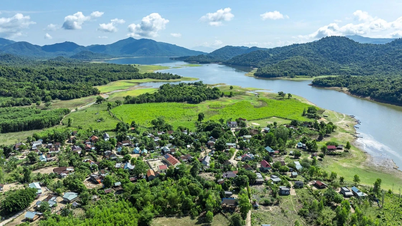



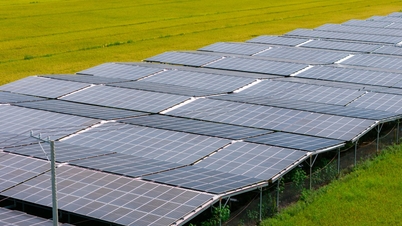

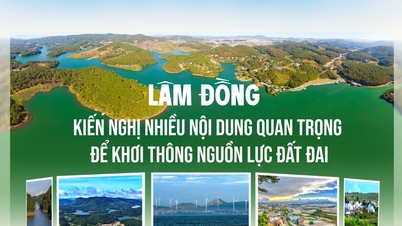

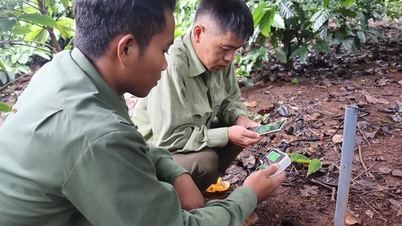

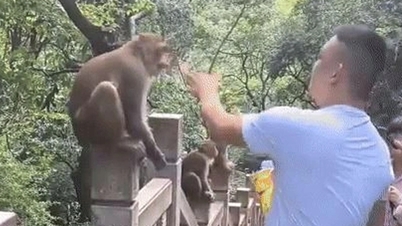
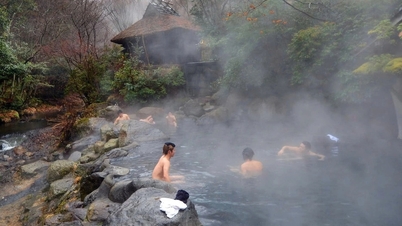

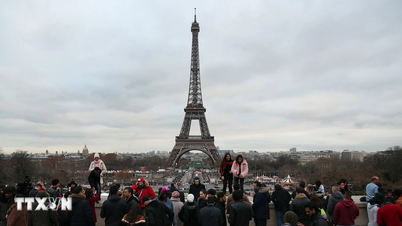

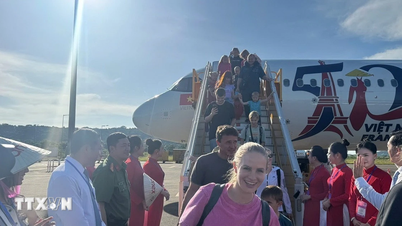




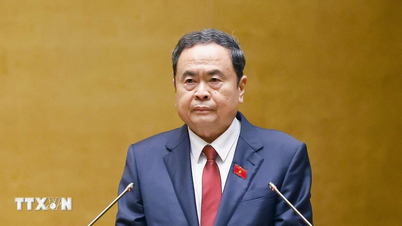
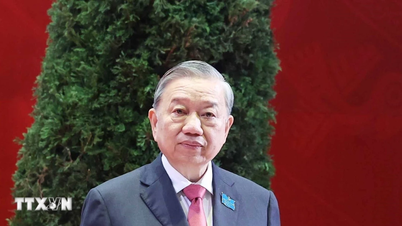
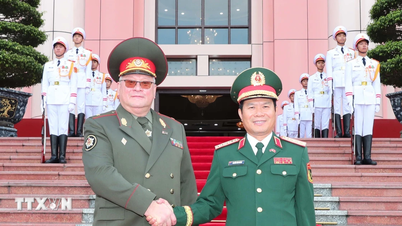
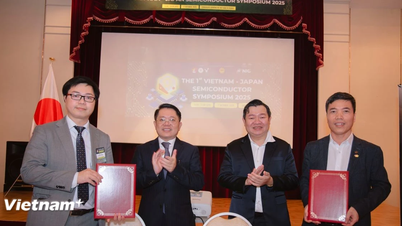
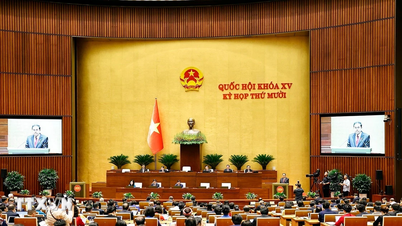
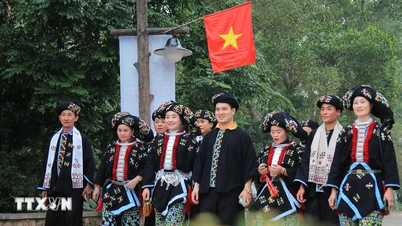
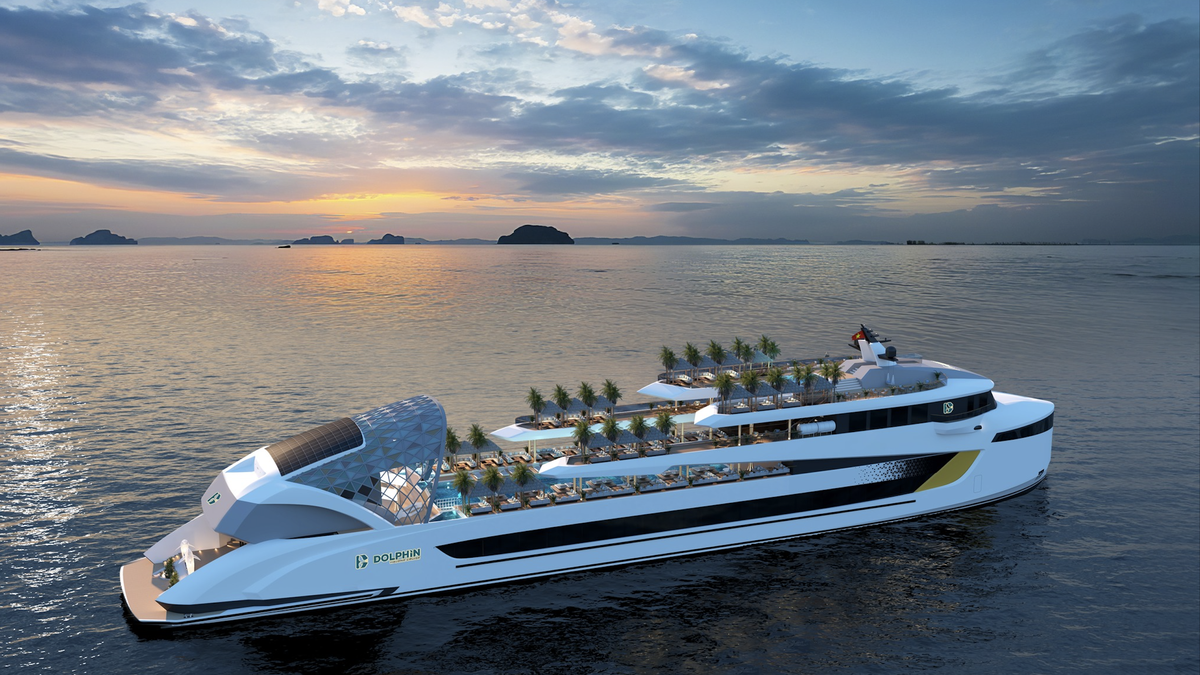
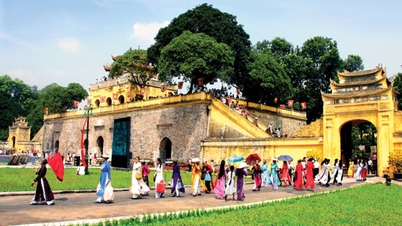

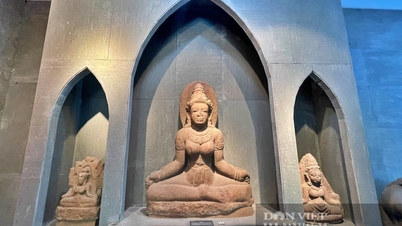

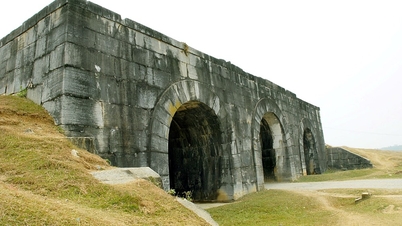

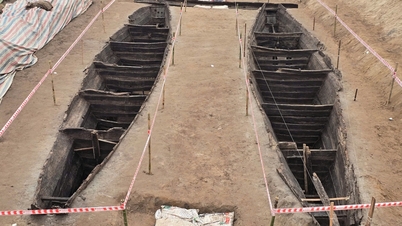

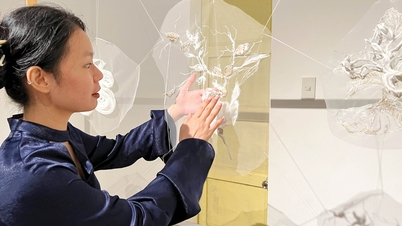

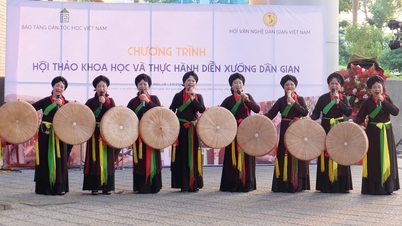
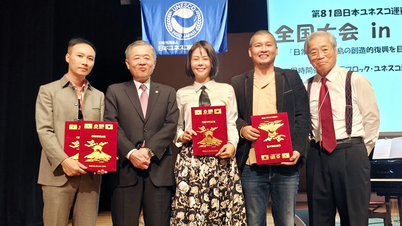

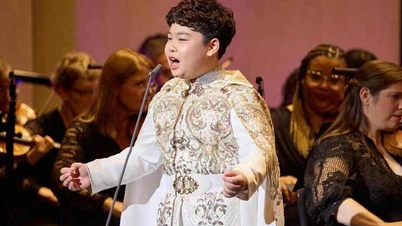


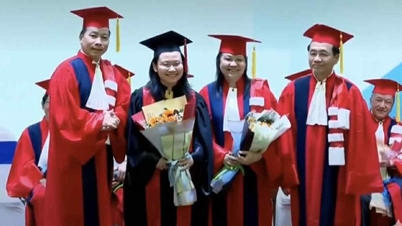

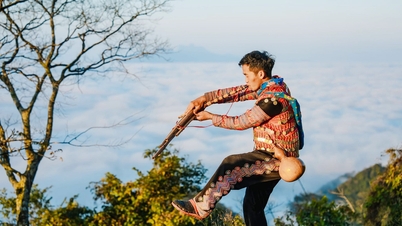

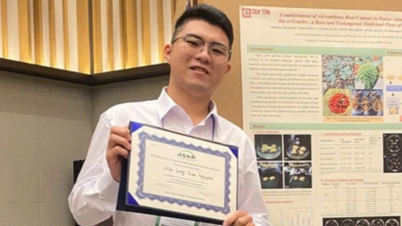
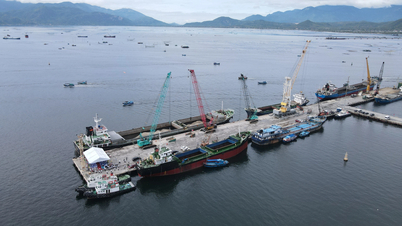

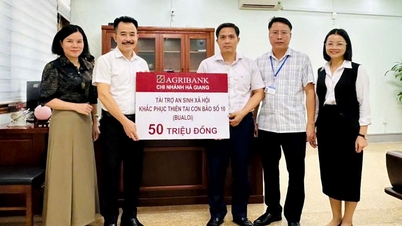

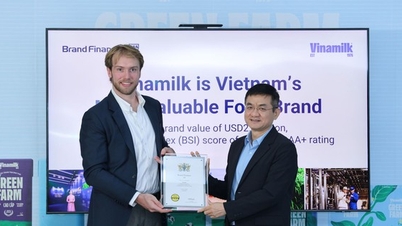

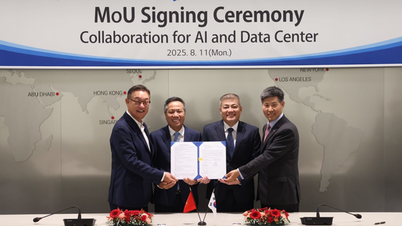

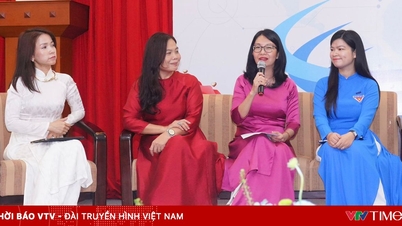








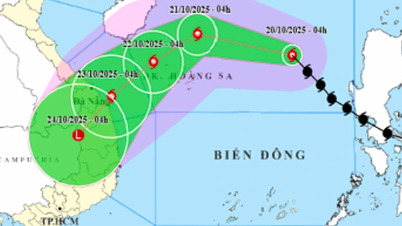

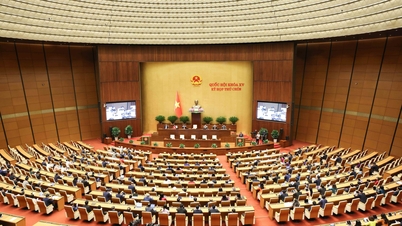
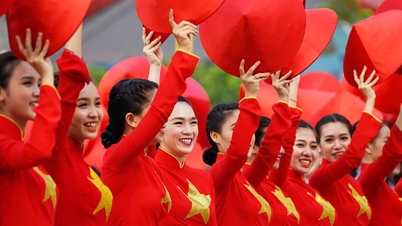

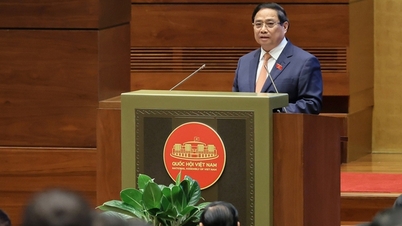

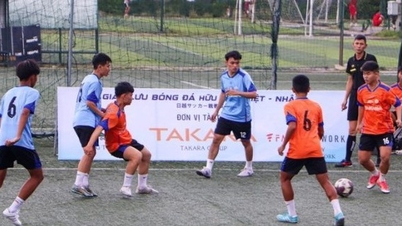
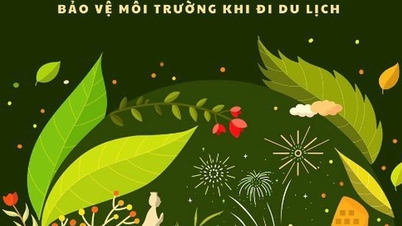
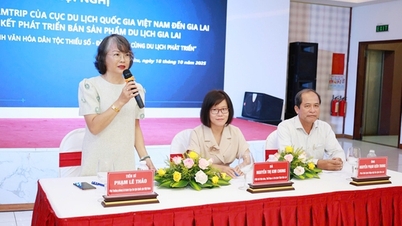
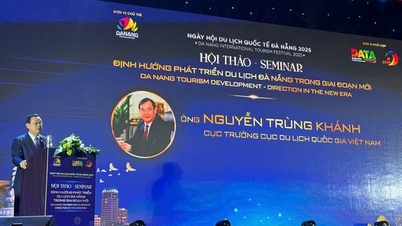




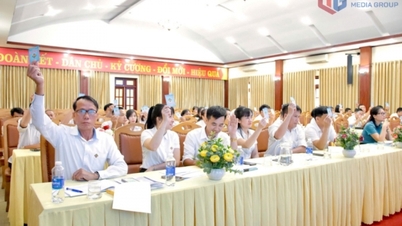

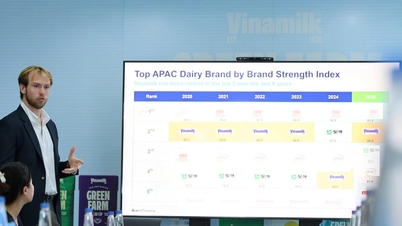

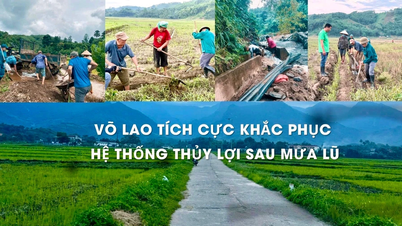

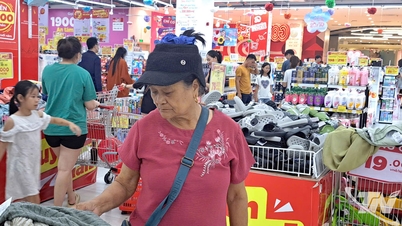









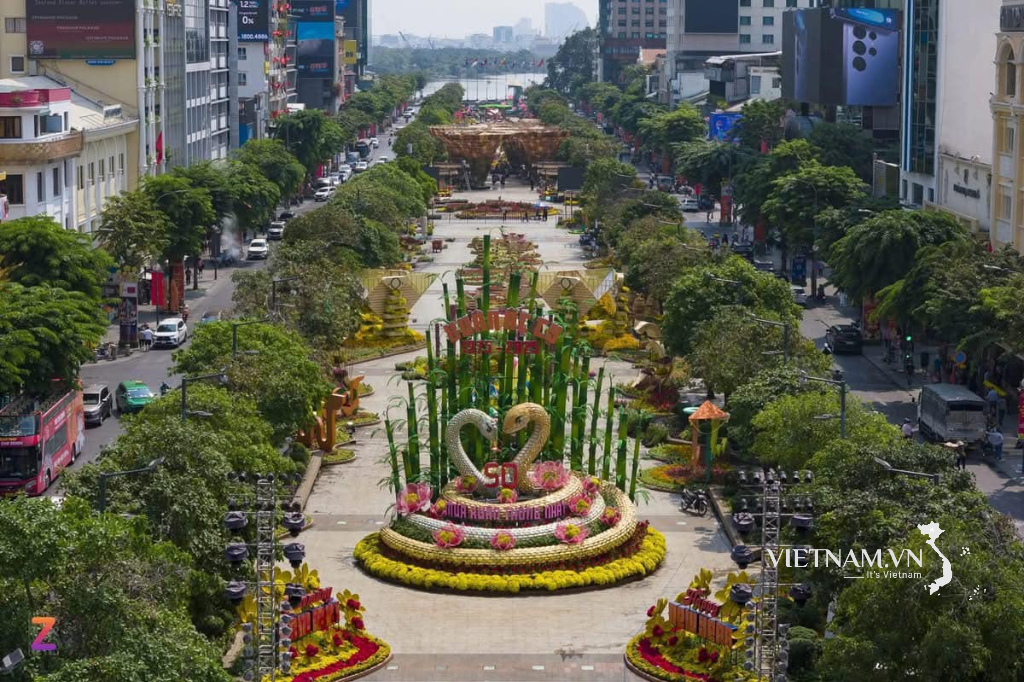

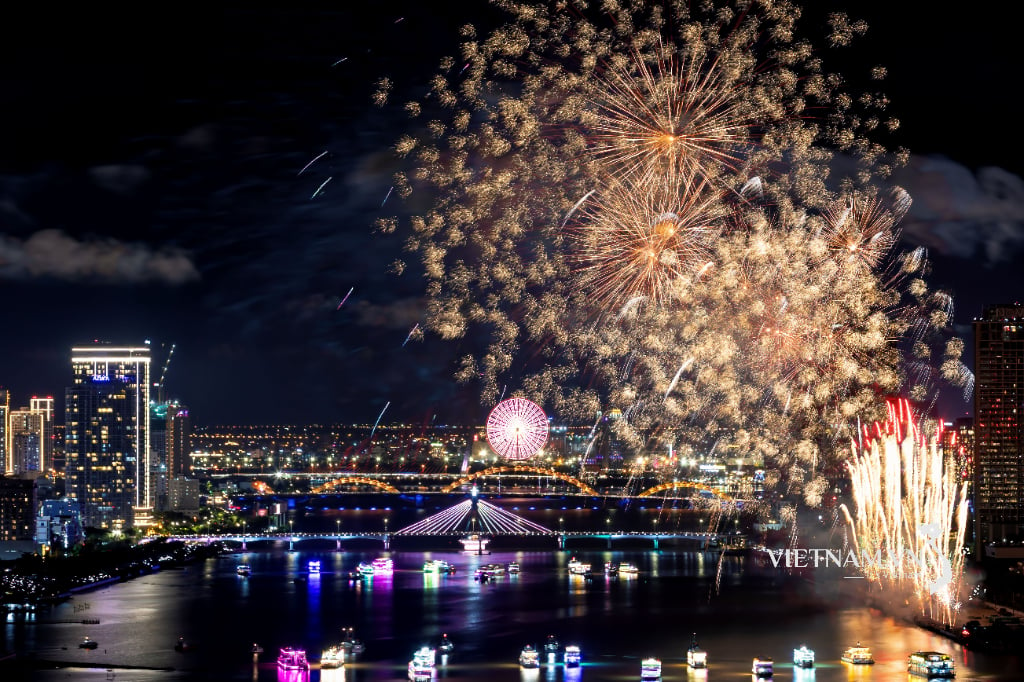

Comment (0)